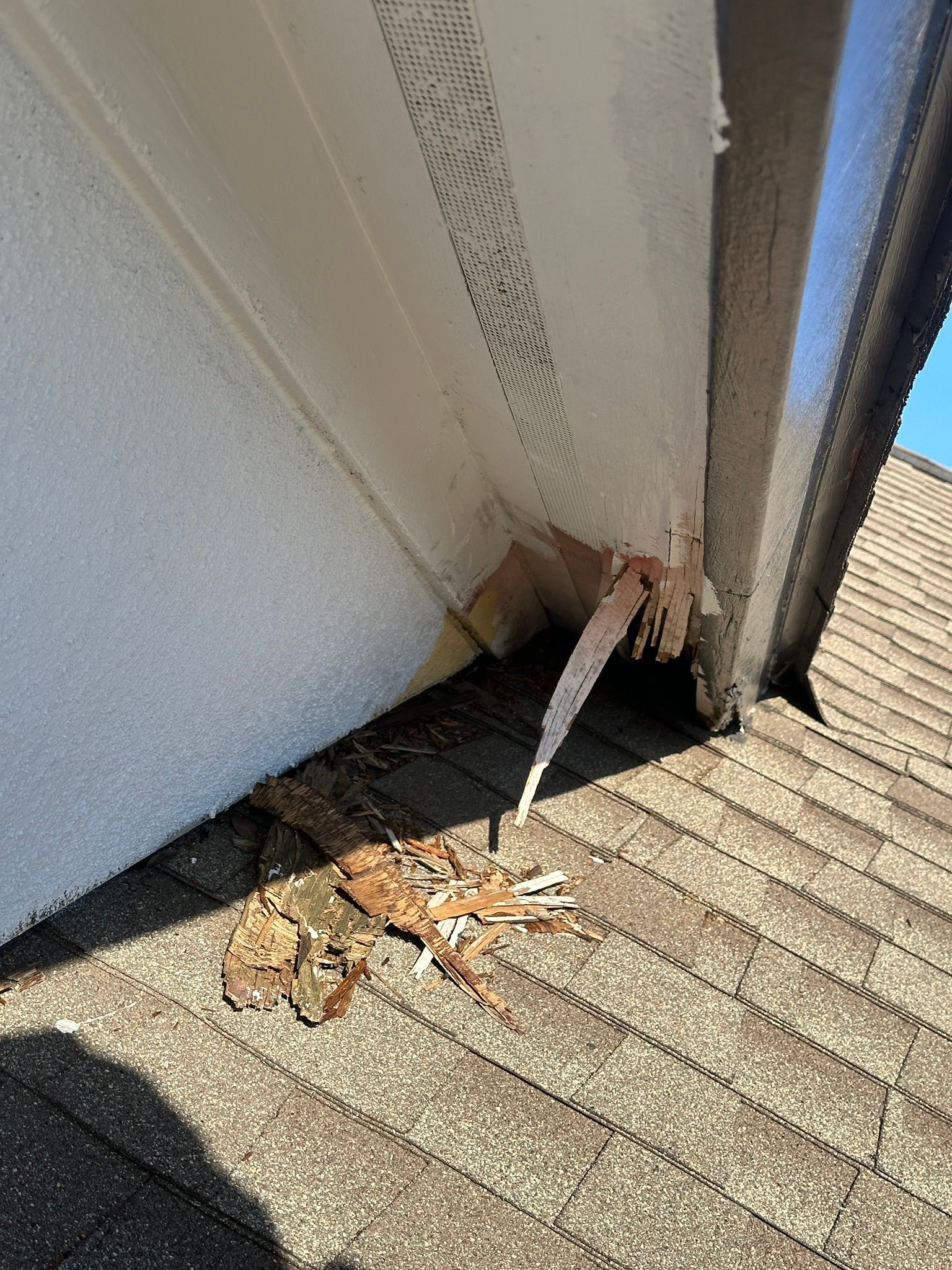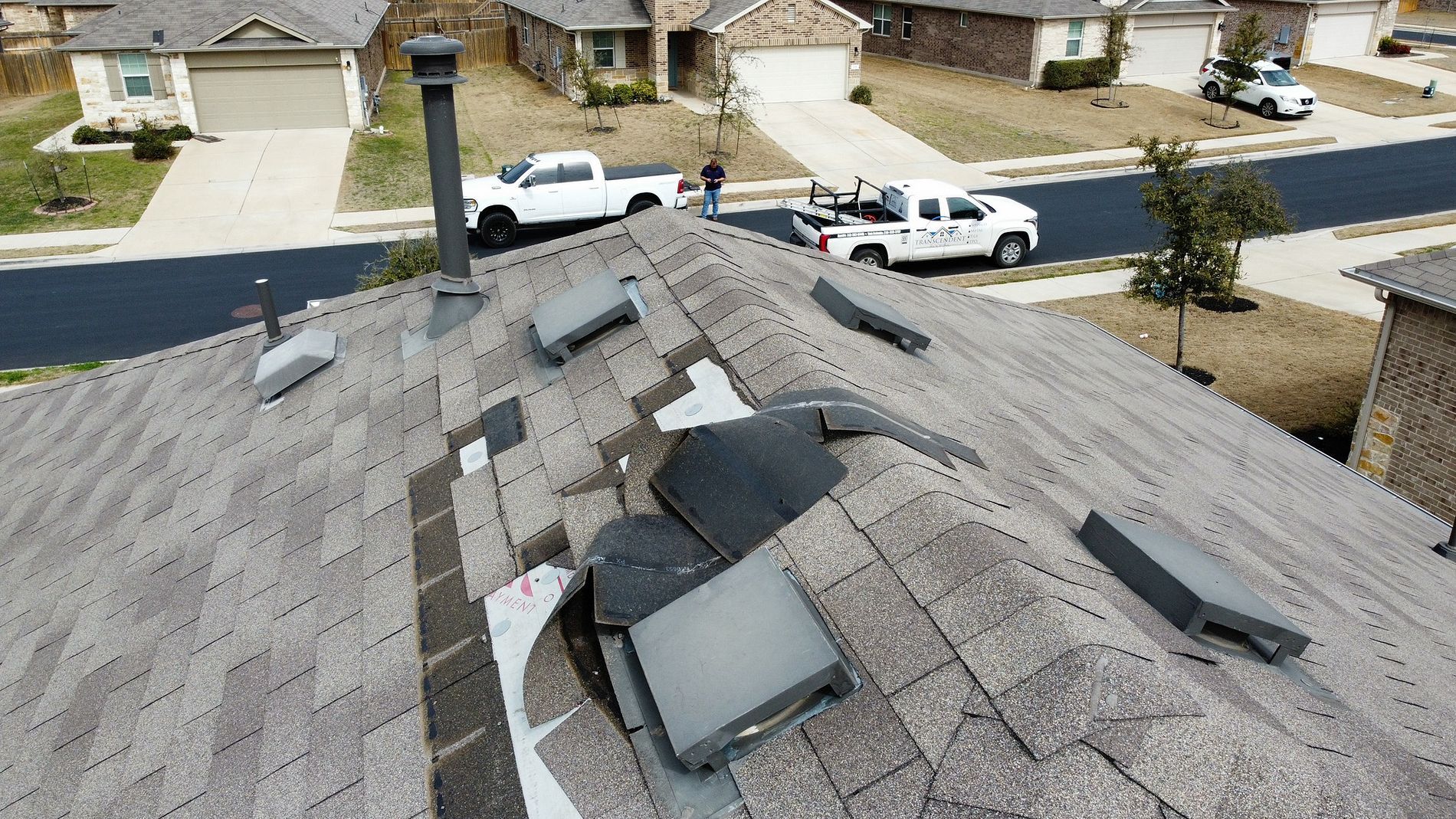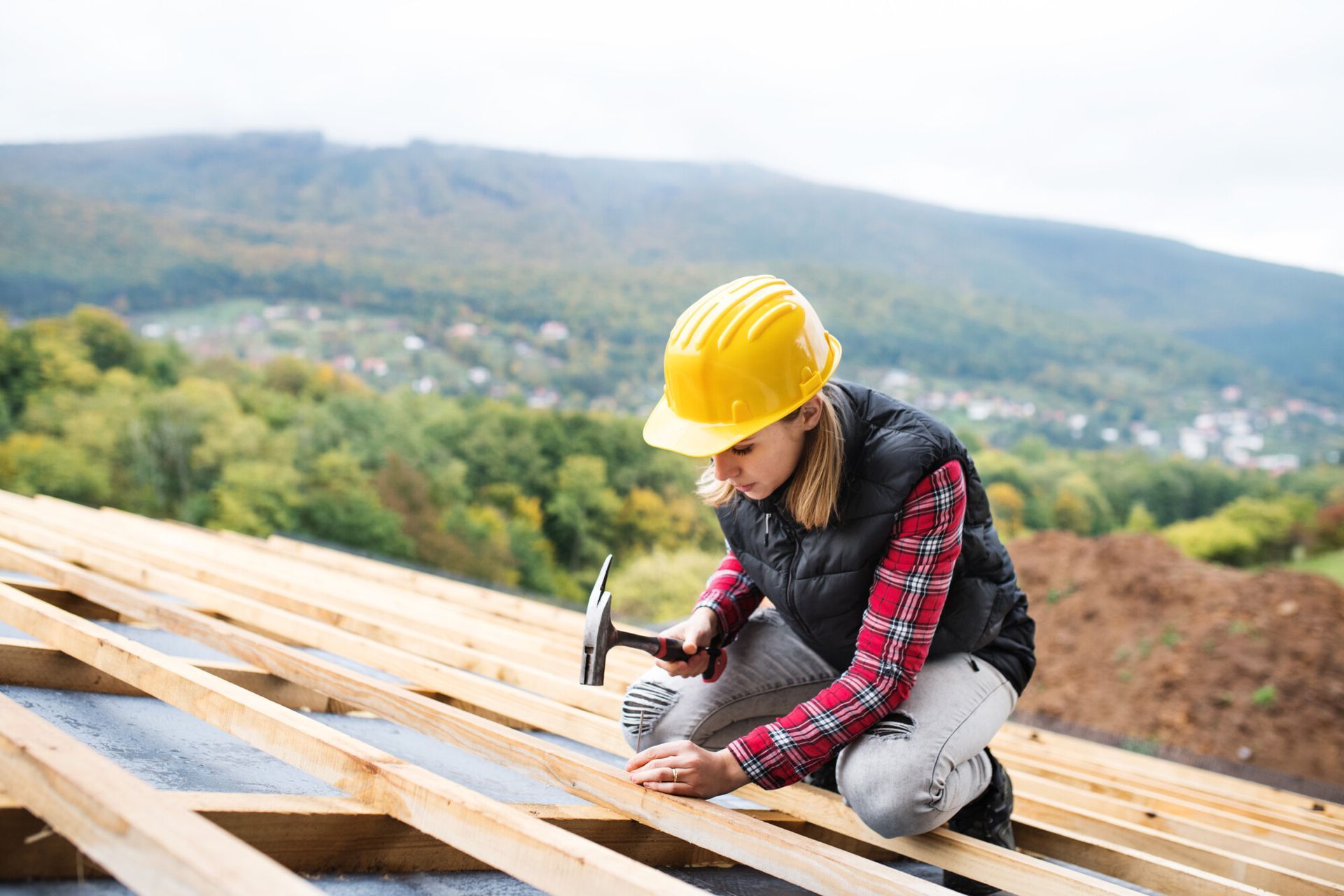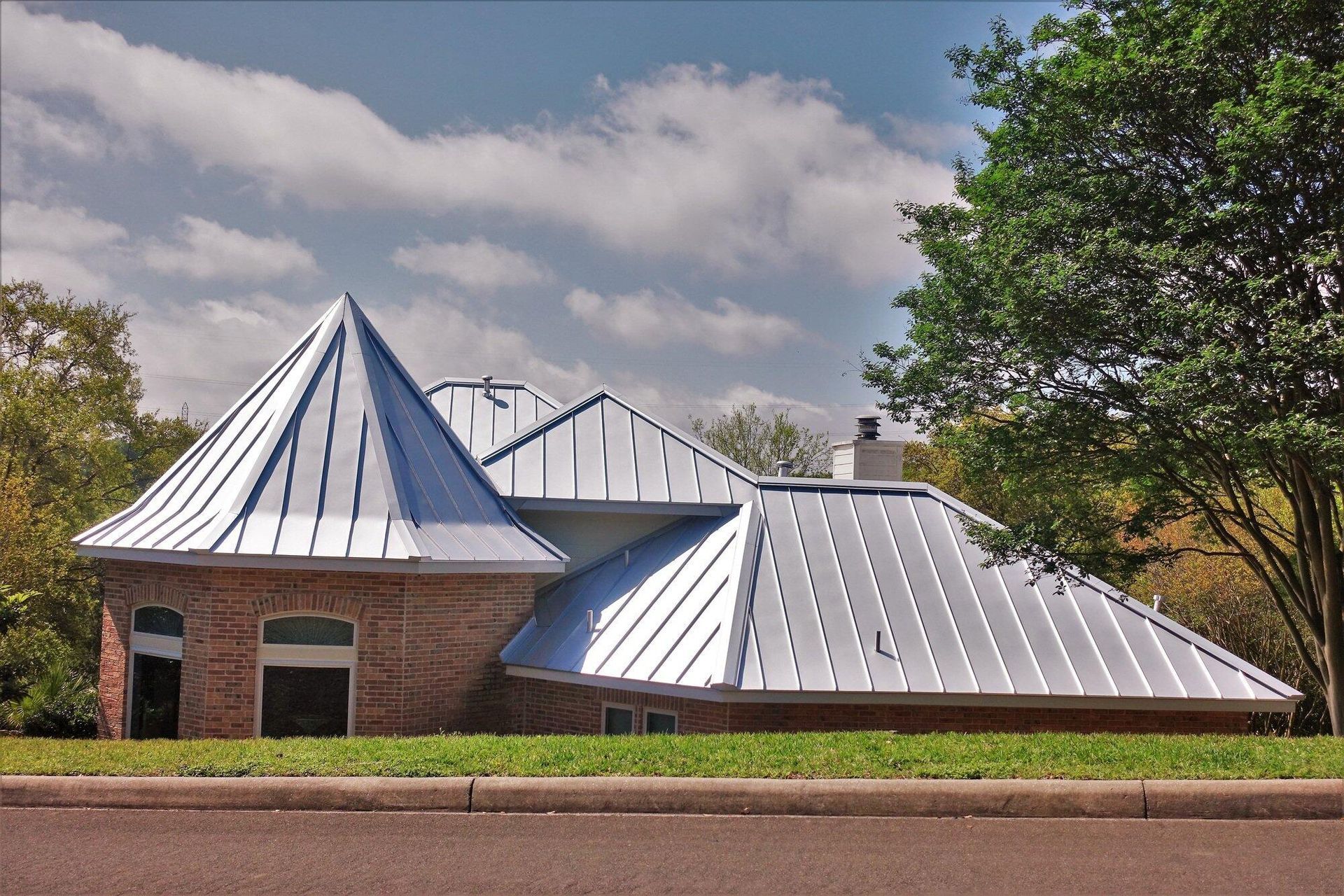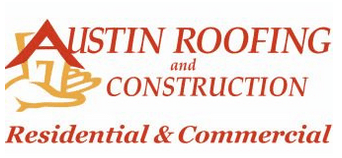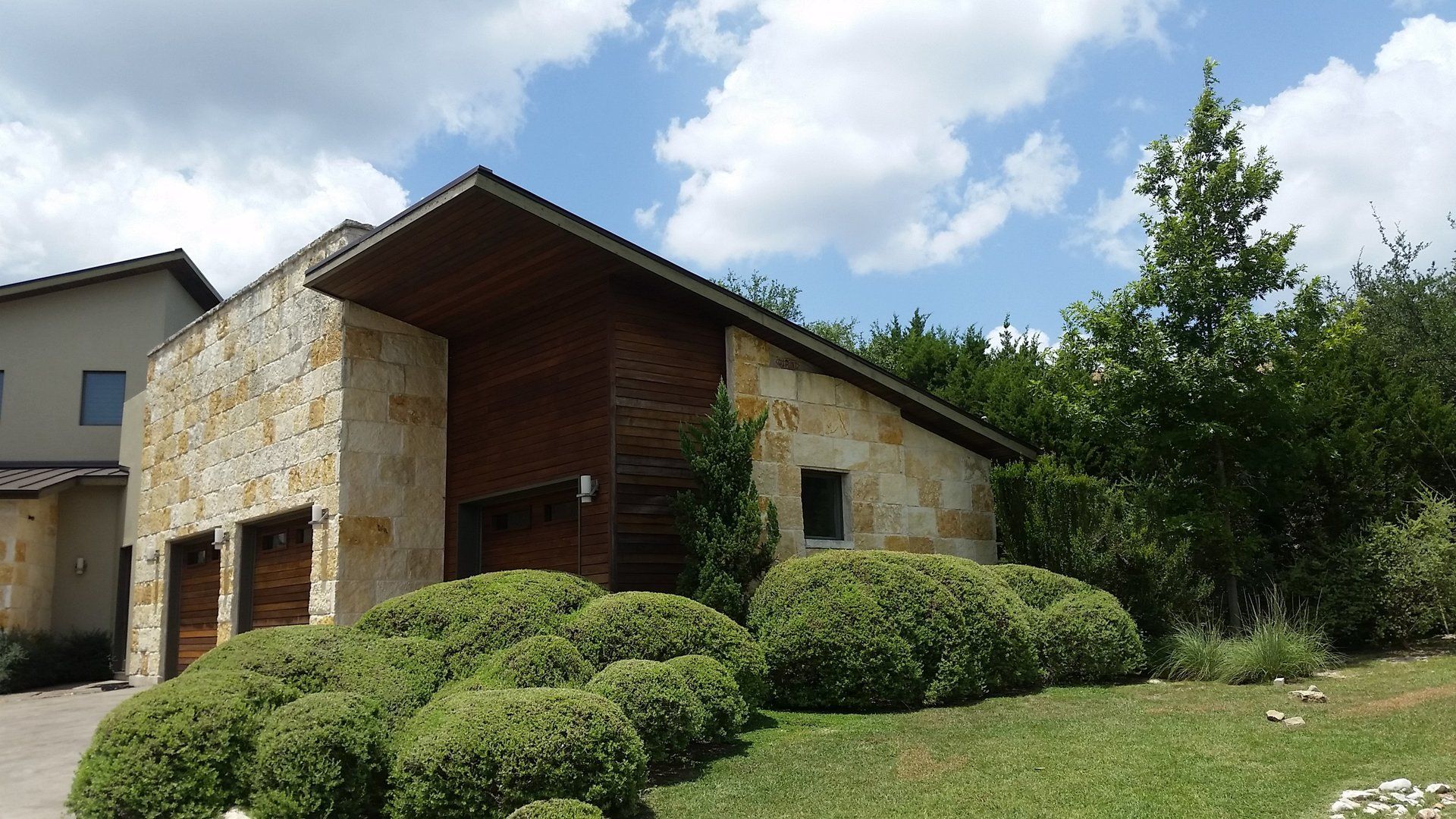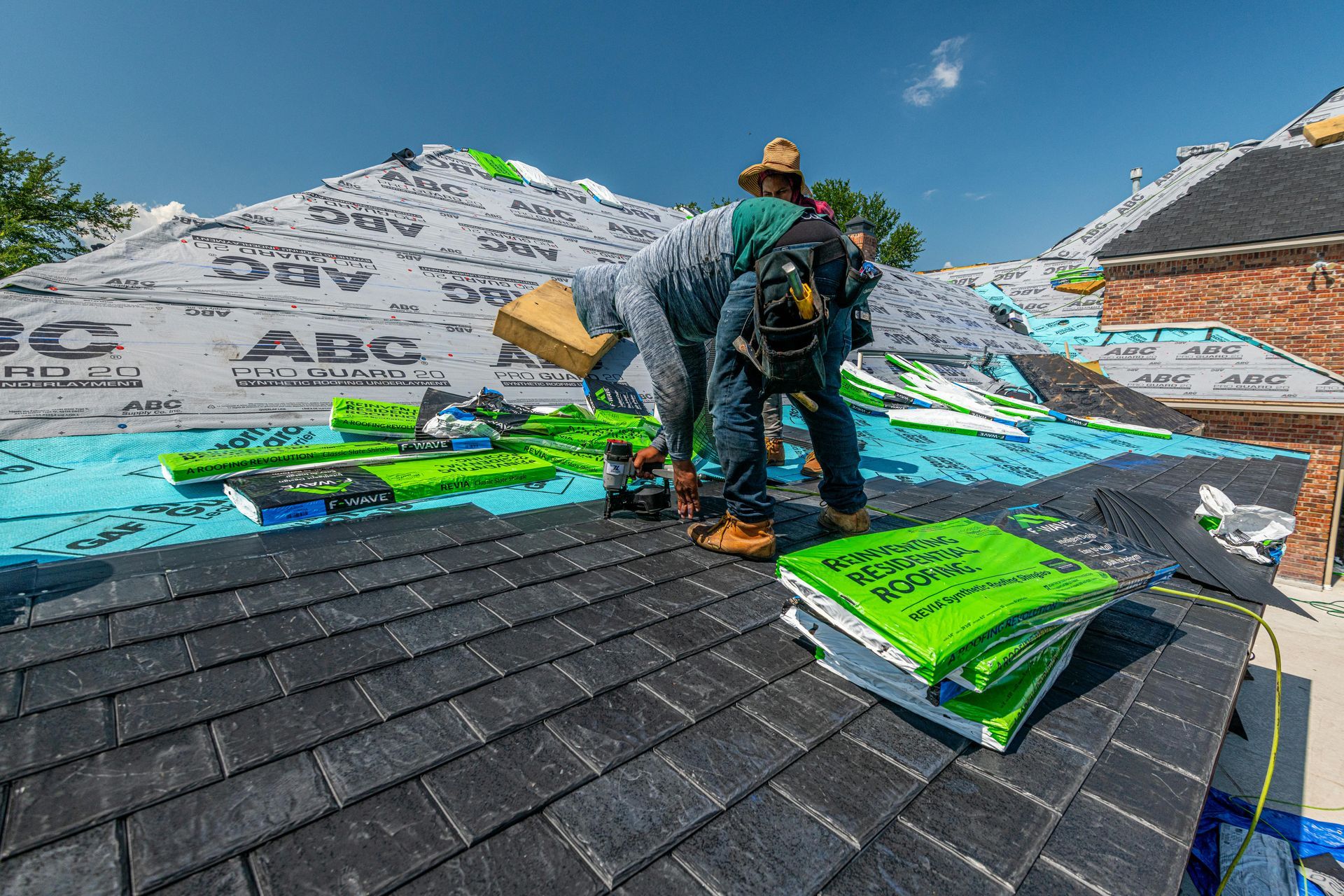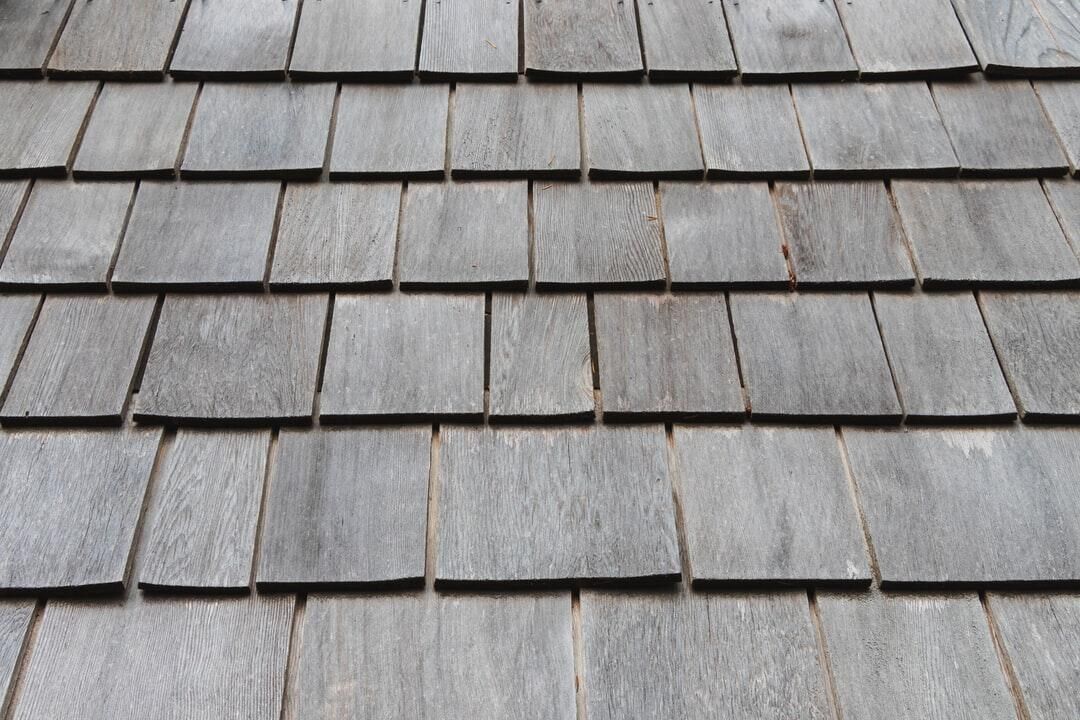How the Integrity of the Foundation can Affect the Roof of a Home
It all moves together
A home’s foundation isn’t just a huge slab of concrete. It’s the load bearing portion of the structure. Without a good foundation, a myriad of structural issues can plague a home.
One good example of a structural component that can get affected by a bad foundation is your home’s roof. Wavy or saggy roofs are a sign that the integrity of your home has been compromised.
Simply put, if your foundation moves, so does your roof!
Foundation Issues That Can Affect Your Home’s Roof
Foundation problems and roof damage go hand in hand. In other words, if your foundation is damaged, it’s likely that your roof will also get damaged as well. This is especially true if the problem is ignored for far too long.
Below are the most common foundation issues that can seriously impact the structural integrity of your home’s roof.
1.Cracks on the foundation and on walls.
Oftentimes, cracks are a sign of a foundation problem. Hairline fissures measuring 1/16” are fairly common. But, when you notice these cracks growing into gaps, it could mean your home is experiencing a foundation problem. Even a 1/4” gap should warrant concern.
When examining these cracks, pay attention to their alignment. Are they vertical or horizontal? If they are horizontal, the problem could run deeper than the foundation itself. Before long, you may begin noticing problems with your roof as well.
2.A foundation that appears to settle or sink.
Does your foundation seem to be sinking? If it does, it’s a sign of trouble. Foundation settling is caused by the soil beneath your home moving or shifting.
It typically occurs in areas that have expansive clay soils like Texas. During the winter when the soil is wet, expansive clay soil absorbs the moisture and expands. During summer when the sun is blazing, the soil loses moisture and shrinks. This back and forth changes in soil conditions is what causes foundations to fail.
Since foundation settling occurs unevenly, one part of the house will sink more than the other. When this happens, not only will your foundation fail but you’ll also experience roofing problems as well.
You may begin noticing that the ridge of your roof is starting to bend, buckle or dip. Or, you may begin noticing a hump in the middle.
3.Bumps on the floor.
Does your slab seem to have moved in an upward direction? Or, does your concrete slab floors have bumps? If so, it’s a sign of foundation upheaval.
Foundation upheaval can lift an entire structure, but more often it forces parts of the foundation or slab upwards. This means that certain parts will move up while others will remain stationary.
Signs of foundation upheaval include cracks in your floor or walls. Left unattended, it could also begin affecting your roof. Causes of upheaval include flooding, broken sewer lines, plumbing leaks, and removing too many trees.
4. Floors that sag or appear to be uneven.
Settling support columns or sagging floor joists are what causes uneven, bowing or sagging floors. If you’ve noticed your floors are out of level, consult a foundation repair specialist immediately.
Floors are prone to become out of level when concrete slabs are impacted by foundation issues. Where pier and beam foundations are concerned, floors tend to sag and squeak.
The most common cause of uneven floors is poor drainage. Inadequacies in drainage can lead to a host of issues like foundation settlement. If this issue is ignored, other structural elements that depend on those support elements can begin to fail too.
Your roof shingles, for instance, could start buckling and flying off your roof.
To check whether your floor is level, you will need either a golf or tennis ball. On a level floor, the ball will remain stationary. Otherwise, it'll move. A more scientific way of establishing whether your floor is level is by using a zip line.
Another indication that you have uneven floors are doors that are self-closing or self-opening.
4.Tree roots and subsidence.
Tree roots can cause foundation damage – and often do – that threatens your home’s structural integrity.
Tree roots can take water away from the soil beneath your foundation. Large trees can absorb tens of gallons of water per day from the soil per day. If they are close enough to your home’s foundation, this can cause devastating effects to your foundation.
In areas like Texas, this can cause the expansive clay soil to shrink, causing the foundation to settle. You can solve this problem by providing water in the form of manual watering or a sprinkler system.
The integrity of the foundation can affect the roof of your home. The secret to avoiding this is by having your foundation regularly checked by a qualified foundation specialist. They will assess your home’s condition and offer sound advice on the way forward.


